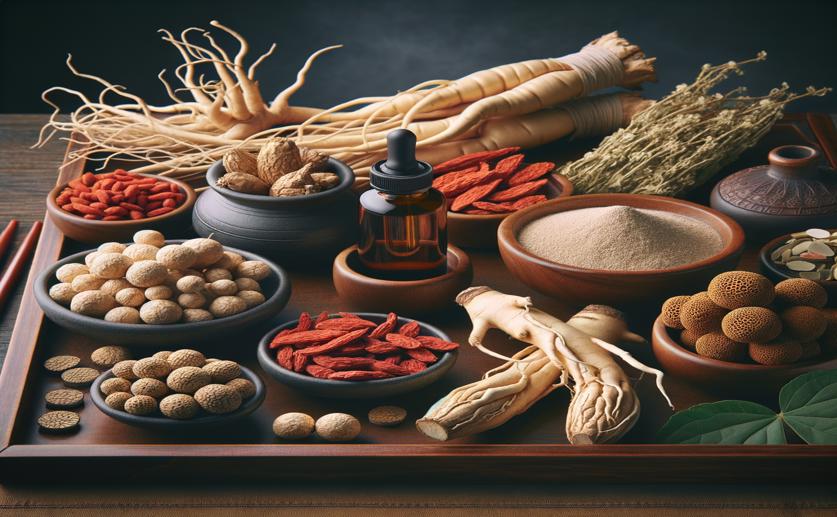
Comparing Top Traditional Chinese Medicines for Treating Artery Damage
Jim Crocker
14th September, 2024

Image Source: Natural Science News, 2024
Key Findings
- Researchers at Beijing University of Chinese Medicine found that traditional Chinese medicine monomers can reduce artery re-narrowing after procedures like angioplasty
- TPNS was the most effective monomer in reducing artery thickening in both rat and rabbit models
- The study highlights the need for further clinical validation to confirm these promising results
References
Main Study
1) Comparative efficacy of the five most common traditional Chinese medicine monomers in reducing intimal hyperproliferation in arterial balloon injury models: A network meta-analysis.
Published 15th September, 2024 (future Journal edition)
https://doi.org/10.1016/j.heliyon.2024.e36327
Related Studies
2) In Stent Neo-Atherosclerosis: Pathophysiology, Clinical Implications, Prevention, and Therapeutic Approaches.
3) Vascular smooth muscle cells in atherosclerosis: time for a re-assessment.
4) Animal Models of Neointimal Hyperplasia and Restenosis: Species-Specific Differences and Implications for Translational Research.



 4th September, 2024 | Jenn Hoskins
4th September, 2024 | Jenn Hoskins